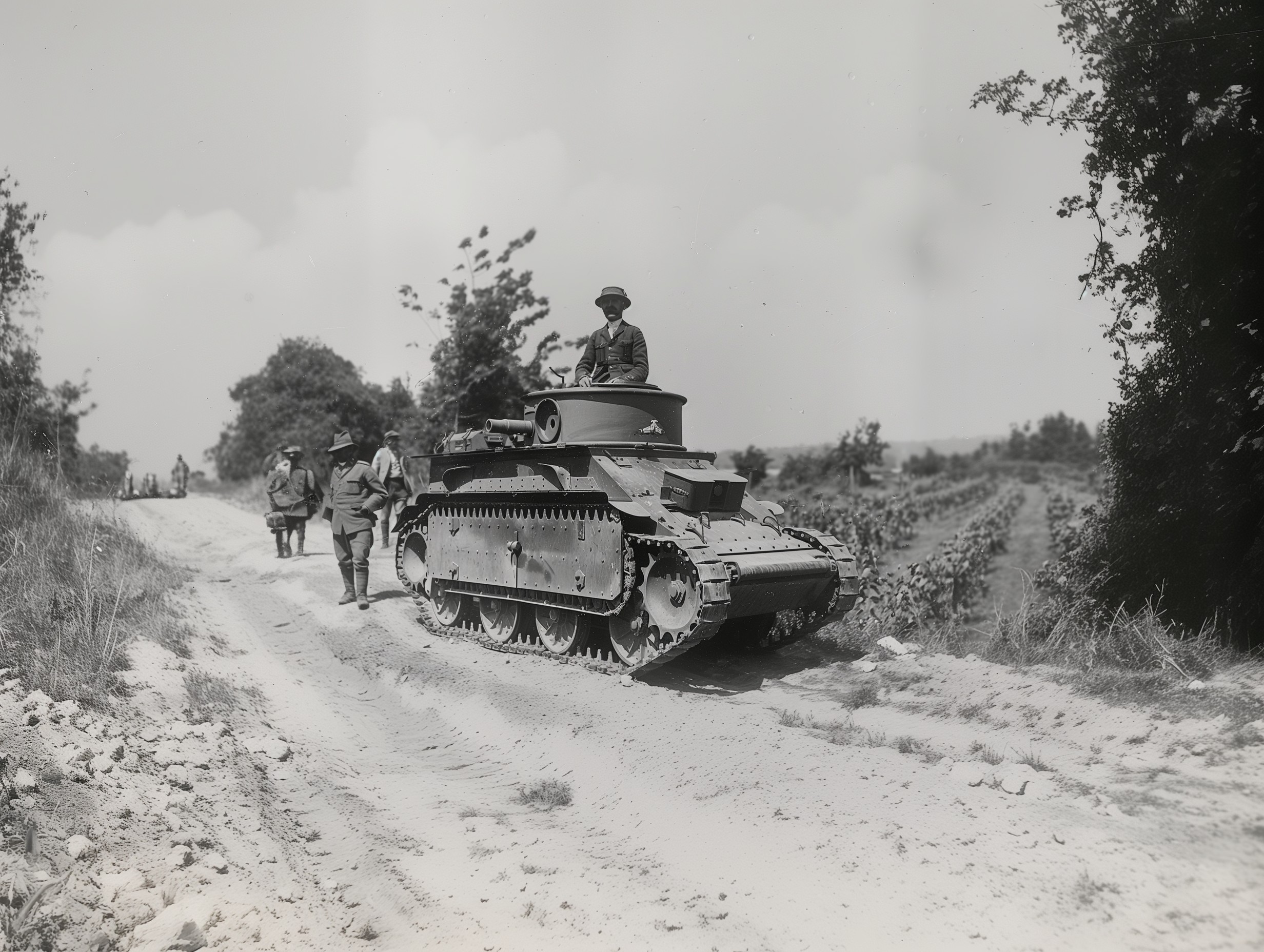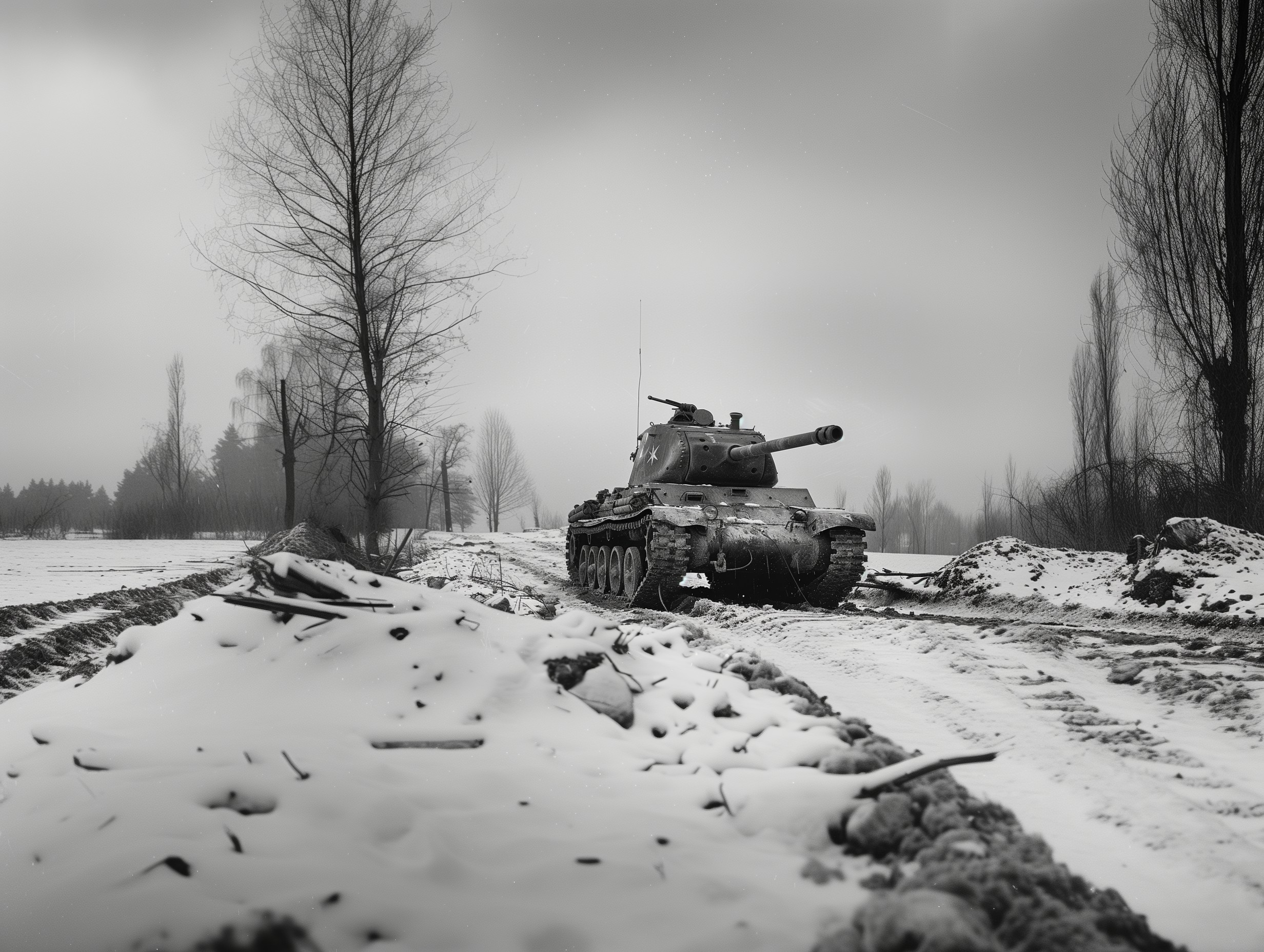The T-26 Tank Family
The T-26 tank was a Soviet light tank used during the interwar period and in World War II. Derived from the British Vickers 6-Ton, it was one of the most successful tank designs of the 1930s and played a significant role in the Red Army's armored forces.
Development and Design
The T-26 was developed in the early 1930s and was a modification of the British Vickers 6-Ton tank. The Soviet Union acquired several Vickers tanks and, impressed by their performance, decided to produce a modified version. The T-26 featured improved armor and a more powerful armament, including one or two turret-mounted machine guns or a 45mm tank gun.
Variants
Over its production life, the T-26 saw numerous variants, including different configurations of turrets, armaments, and armor. The most common variants were the single-turreted models equipped with a 45mm gun, which proved effective against contemporary tank designs.
Operational History
The T-26 participated in several conflicts, including the Spanish Civil War, the Winter War against Finland, and the early stages of World War II. Despite its initial success, the T-26's light armor became increasingly vulnerable to newer and more powerful anti-tank weapons. By the end of World War II, it had been largely replaced by more advanced tank models.
Legacy
The T-26 was one of the most produced tanks of the 1930s and left a significant legacy in armored warfare history. Its widespread use and the experiences gained from its operation influenced the development of future Soviet tank designs.

